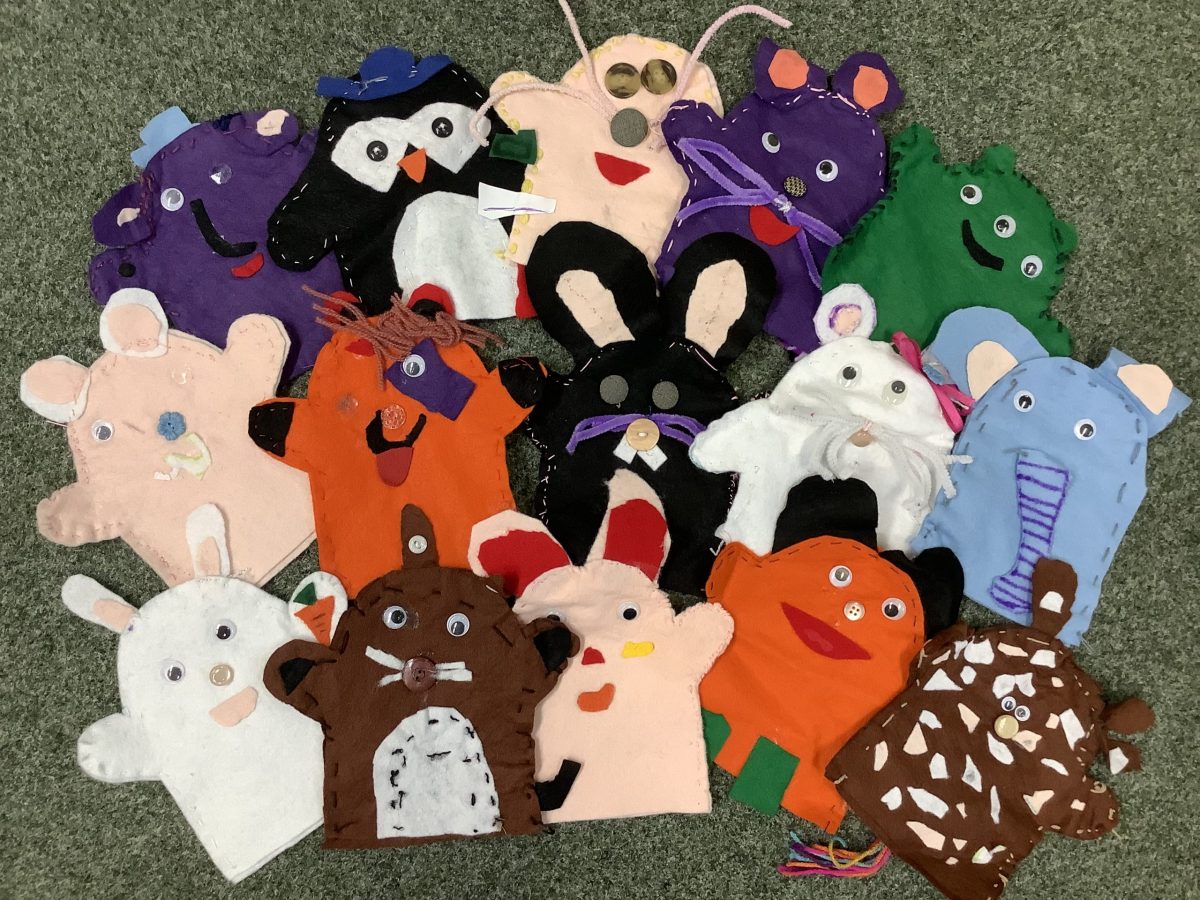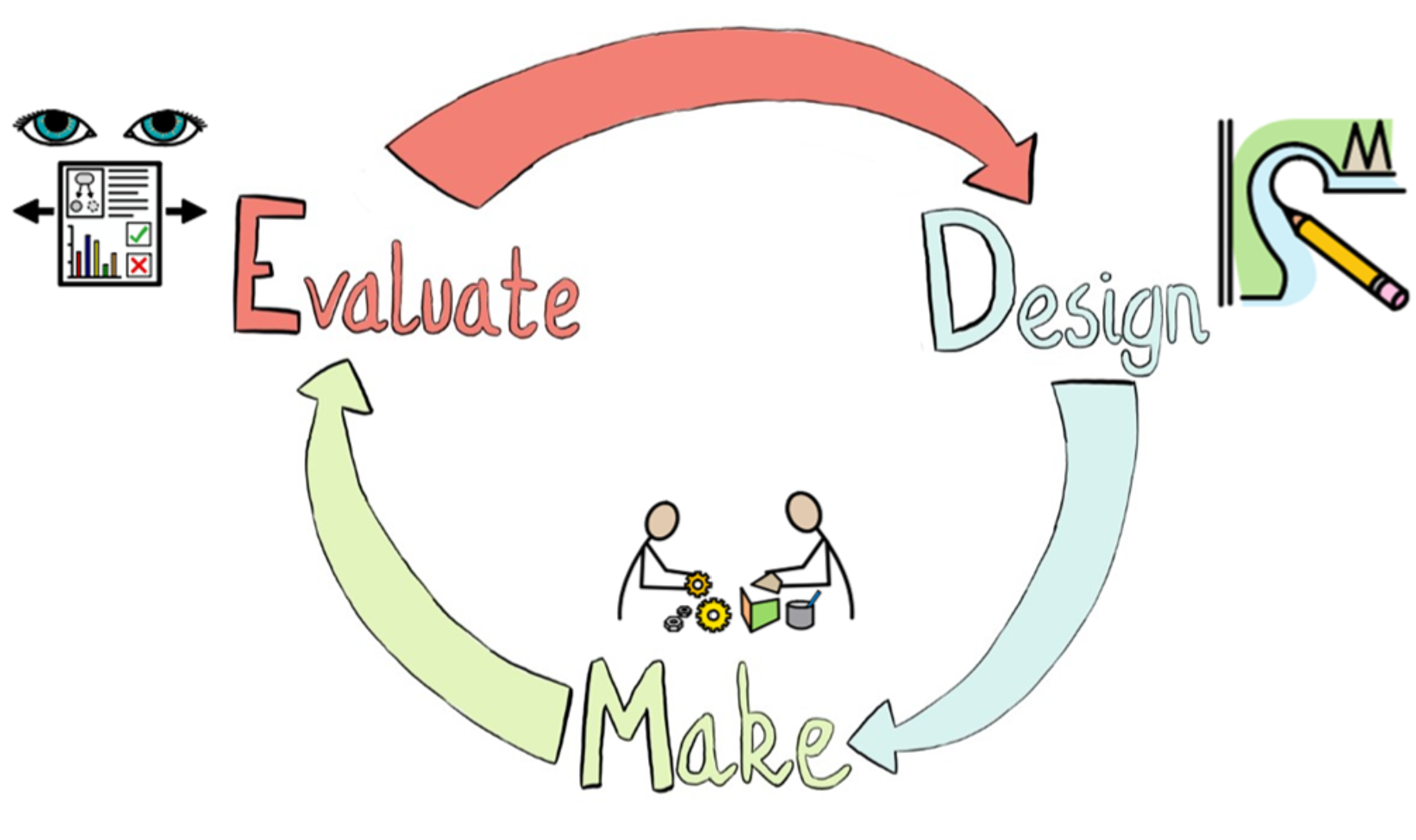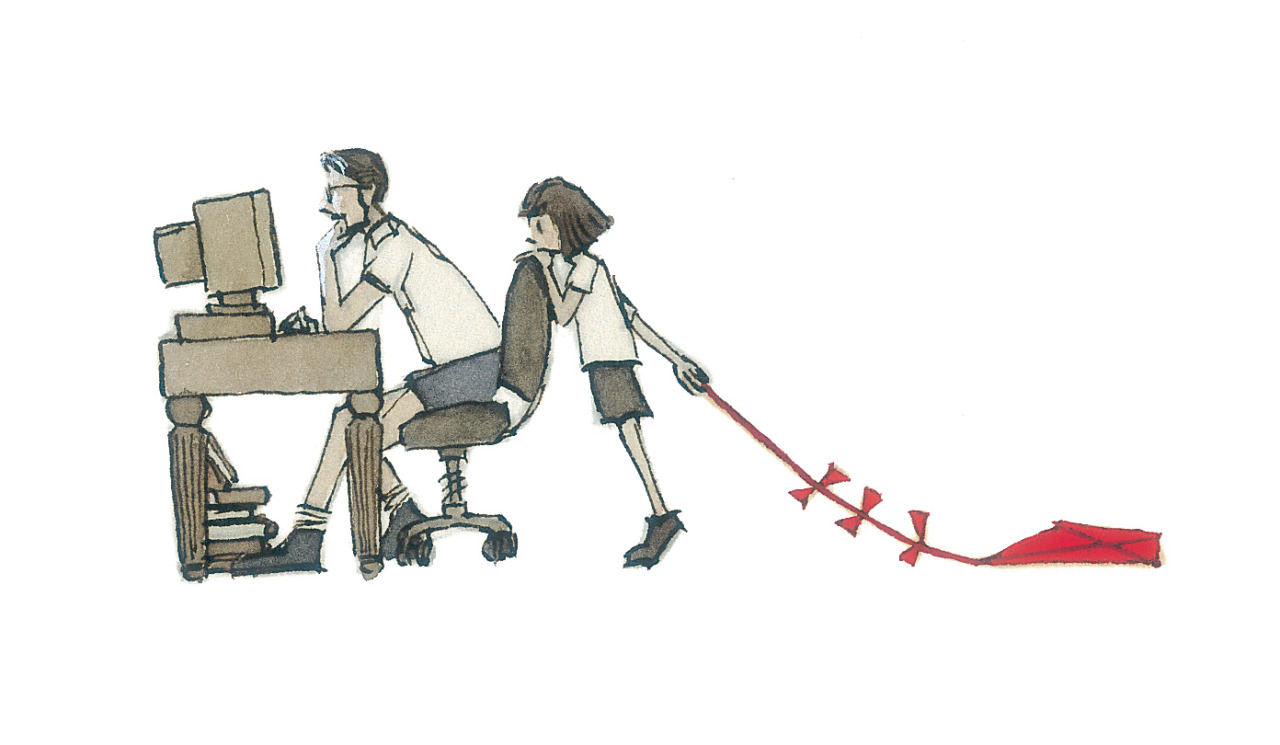A new Science topic – Growing and Cooking!
This half term, the children in Year 1, are learning about growing and cooking in science. They will be exploring the difference between fruit and vegetables and where they come from. They will also be preparing a simple meal!
Today, the class started by learning about the difference between fruit and vegetables. They recalled how plants are grown and discovered which parts of the plant we can eat.
We investigated the differences and similarities between a strawberry and a carrot. The children thought about smell, taste and texture.





The children identified that the main different between a fruit and a vegetable is that fruit has seeds. Which means that cucumbers, peppers and tomatoes are in fact fruits!
Design and Technology: Textiles
Our new topic is Design and Technology. The children will be planning, making and evaluating a puppet.

Today, we discussed the vocabulary that we will be using throughout this learning. Some of these words were familiar to the children and they could confidently speak about them.
A needle has a little hole in it and you can put string through it. Vincent
Needles are sharp! Olly
We made a plan when we wrote a report. Daisy
| design process | the steps that need to happen for something to go from an idea to a finished product |
| to plan | to think about and decide how you’re going to do something |
| to evaluate | to decide, after careful consideration, how good or bad something is |
| felt | a kind of cloth made from wool |
| needle | a thin piece of metal or plastic with a point at one end and a hole or eye for thread in the other, used in sewing |
| thread | a long, thin strand of cotton used in sewing or weaving |
| over stitch | a stitch that circles the edge of a piece of fabric |
What is Design and Technology?
I think it means we will need to draw a picture. Daisy
We need a plan first. Vincent
Does it mean we are going to build something? Woody
Design and technology is a subject that explores designing and making products that solve problems, and then evaluating how successful the results are.

Help at home by revising the listed vocabulary regularly and discuss the definitions of each word. Can your child use one of the words in a sentence?
For example:
The thread goes through the needle.
I will use felt for the body of my puppet.
The video below explains the design process in five steps. Watch this with your child and ask them the following questions.
- What would happen if we didn’t plan first?
- Why can’t we just make the product?
- How will I get some ideas?
- Are houses designed before they are built?
Phonics Screening Check
What is the Year 1 phonics screening check?
The phonics screening check is taken individually by all children in Year 1 in June. It is designed to give teachers and parents information on how your child is progressing in phonics. It will help to identify whether your child needs additional support at this stage so that they do not fall behind in this vital early reading skill.
The check will form part of the assessment, made by your child’s teacher, of how your child is progressing with the important skills of reading and writing. Your child will sit with a teacher he/she knows well and be asked to read 40 words aloud. Some of these words will be familiar to your
child and some will be ‘nonsense words’. All the words will be words that can be read by ‘sounding out’.
Before the end of this term, you will be informed by the school about how your child has performed in the screening check and how
he/she is progressing with phonics.
Help at home by supporting your child to read on a daily basis.
Let your child see you enjoy reading yourself. They are influenced by you and what you do!
Make time for your child to read their school book to you
With all books, encourage your child to ‘sound out’ unfamiliar words and then blend from left to right rather than looking at pictures to guess.
Use the videos below to support your child further.
https://www.youtube.com/@Love2Learn/videos
If you have any questions please ask Mrs Freeman or a member of the Year 1 team.
We are all happy to help.
RE: Welcoming New Life
In RE lessons, the children have been learning about how different religions welcome newborn babies. Firstly, we studied the Christian methods and discussed baptisms and christenings. Following this, we looked at the Muslim celebration Aqiqah and found out that it is tradition to shave a newborn babies head.






Reading with prosody
Throughout the day, the children have many opportunities to read and be read to. As part of our daily sessions, we focus on using prosody. The children are quite accustomed to this skill now and can confidently add expression, where appropriate, to really bring their reading to life. The class have listened to lots of prosody being modeled by the adults so why not try this at home?
This week’s poem was yet another chance to showcase this important reading skill.
Help at home by listening to the poem being read by Mrs Freeman. Ask your child if they can hear some prosody being used and can they read the poem to you using their own expressive voices?
Prosody is the rhythmic and intonational aspect of speech that manifests as expressive reading. It comprises timing, phrasing and intonation, and helps to convey meaning and add ‘life’ to reading.
Human and Physical Geography at Forest School
Human and Physical Geography
In geography this week we have been learning about the difference between human and physical. The children have been identifying both physical and human features within our landscape.
Human Geography
Human features include buildings, roads, street lamps, canals, train tracks etc. Parts of the environment that have created by humans.
Physical Geography
Physical features include hillsides, mountains, coastlines, rivers etc. Parts of the environment that have occurred naturally.
Geography and Forest School
This week the children collected different items from the woods which they then used to create their own environments. This included digging rivers, planting trees and building hills!



The children then identified physical and human features of their own creations.


Some of the children also got stuck in with litter picking and clearing the area to keep it safe.

Forest School is Back!
Forest School is back and we have been learning about plants in Science
Science
In year one the children have been learning about plants. At the start of the term, each child planted their own sunflower and we have been eagerly observing them grow.
The children in class have been monitoring the sunflowers and making sure they have everything they need – light, water, oxygen.


Evergreen and deciduous trees
The children have also been learning about the difference between evergreen and deciduous trees. They can now identify specific features of an evergreen tree and a deciduous tree:
Evergreen
- Keep their leaves all year round.
- Leaves have a waxy coating.
- Leaves can often be spikey or sharp.

Deciduous
- Lose their leaves in Autumn.
- Have colourful leaves and blossom.
- Leaves are often flat and fragile.

Forest School
The children have been extremely excited to get outside for this term’s Forest School. On Friday afternoon’s, they will spend the whole afternoon outside in our own forest. Here they enjoy learning about nature, getting stuck in with outdoorsy crafts and generally getting mucky.




Reading Skill: Inference
The children were presented with some images and they had to find clues in order to answer a question. The class were asked to explain their thinking as they worked.

- We need to find clues to get some answers.
- We need to add those clues to what we already know or have read.
- There can be more than one correct answer.






As the children grow up, they will gain more knowledge and experience of the world around them (and the vocabulary to go with this) and this will help them make inferences effectively.

Here is another picture.
- What is the dad doing?
- Why is the girl standing behind him?
- Why is she dragging a kite on the floor?
- Has she said anything to him? Does he know she’s there?
- How is she feeling? What is she thinking?
- Do you think this has happened before? Why/why not?
- Why is the kite coloured bright red, but everything else is in dull colours?

A couple more examples of excellent inference skills.


Living and Learning: I know the importance of sleep.
Our living and learning statement for this week was:
I know the importance of sleep.
As well as individual class living and learning sessions, the whole school attended our ‘Tuesday Viewsday‘ collective worship to learn more together. We discussed the role of sleep in our lives and it’s importance/lack of importance both personally and collectively (the world).
Children put forward some fantastic points of view to debate both sides of the importance of sleep – here’s some of the quotes:
‘I think sleep is important because it gives our brain a chance to rest so that we can do well in school the next day.’ (JC, Year 6)
‘Sleep is important for us to switch off and not think about things for a while. If we didn’t sleep, we would all just be tired and moody.’ (FJ, Year 2)
‘I don’t think sleep is important because it wastes time. We could be doing other things that we like instead of sleeping.’ (NE, Year 5)
‘Sleep can be important if you have a job, but if you don’t have a job or something to get up for, you’re wasting time in your life that you could use to help others or find something that you enjoy.’ (JS, Year 5)
Help at home:
Discuss the importance of sleep for a healthy, happy lifestyle with your child. Does your child know what a good amount of sleep is? Explore their thoughts on what might happen if they don’t get enough sleep, or they sleep too much!
Living and Learning: We know the importance of hand washing.
This week, the children learnt about the importance of hand washing with Mrs Bald. Whether it’s after going to the toilet, before eating or when you’re preparing food, washing your hands with soap and water is one of the easiest ways to prevent the spread of germs!
First, the class identified high usage areas where germs may build up.
- door handles
- toilet flush
- pencils
- hands
- tables
- carpet
- light switches
The children put flour on their hands and then touched different surfaces to see how easily germs spread.


But how does soap really work?
When you wash your hands, the soap breaks down the outer layer of germs which means they can’t survive. The pieces of broken down germs are then surrounded in a soapy bubble-like shield. After washing your hands for at least 20 seconds, you then rinse the soap away with water. When the soap is washed down the drain, you wash the germs away with it!
The soap and pepper experiment
The children conducted an experiment to show how soap breaks
down germs.
The class filled a bowl with water (the water represents your skin). Next, black pepper (the germs) was sprinkled onto the surface of the water.The children applied soap to their fingers and submerged them in the water. The soap reacted with the water causing the pepper to repel. This demonstrated how soap affects germs.



Mrs Bald was very impressed with the knowledge and learning attitudes shown by all of the children.
Why not try this at home?https://www.wateraid.org/uk/sites/g/files/jkxoof211/files/2021-10/wateraid-soap-pepper-experiment.pdf
Help at home by using the questions below. Can your child tell you about the pepper experiment?
Points for discussion
• When should we wash our hands? How long for?
• Why is using soap so important?
• What would happen if we didn’t use soap?